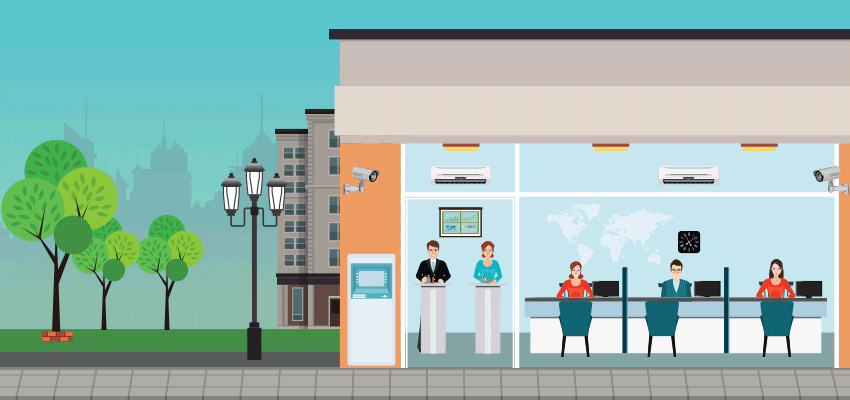What is Trade Confirmation?
Trade confirmation (also known as swap confirmation) is a receipt from your broker confirming the price at which you have placed a trade. They precisely reflect the trades done on an account and contain crucial trade facts such as the trade’s time, place, and commercial conditions.
Back Muscle Diagram : Back Workouts For Women 4 Ways To Build Your Back By Design Bodybuilding Com / Start studying back muscle diagram. | EMILIA SPECIAL BLOG buy steroid pills the smart trick of arm workout dumbbell bodybuilding that nobody is discussing
They may be in paper or electronic form and include the settlement date. Next, the confirmation is sent to the custodian once both parties have agreed to the trade’s terms and conditions. Finally, a trade confirmation slip is issued by the broker when the shares can be bought or sold at a price specified by the investor.
Why do you need a Trade Confirmation?
Trade confirmations verify a trade’s exact price. They assist with tax filings and settle any discrepancies. They can also use confirmations to check against monthly statements to ensure they correctly reflect the trades made on an account.
What is Trade Affirmation?
When one party claims the contents of an SB swap contract to its counterparty, and the counterparty confirms the information if they are correct, this is known as trade affirmation. The trade affirmation process involves completing a trade, after which the counterparties check and validate the specifics before submitting it for settlement.
If alleged derivatives transaction information is received, the parties may take advantage of trade affirmation and matching, individually or together, with the parties receiving the alleged derivatives transaction information, performing a local match to their satisfaction before affirming to their counterparty.
Trade affirmation and confirmation form an essential part of the trade life cycle.
What is a trade life cycle?
The trade life cycle encompasses all the steps involved in a deal, from order placement to trade execution and settlement. It consists of a series of logically organised stages of the trade.
Trade confirmation and affirmation play a crucial role in moving an agreement from a contested state to a ‘confirmed’ state in the trade life cycle and asset allocation, where continuous expansion and contraction of economic activity occur. They are bilateral processes, meaning both parties must approve the transaction. Although they may appear to mean the same thing, they are not.
Let’s consider some crucial differences between trade confirmation and trade affirmation.
Trade affirmation, also known as transaction capture, is the act of asserting a trade, in which the parties agree on the trade economics and exchange a general affirmation. In comparison to trade confirmation, it is a less stable stage. As the phrase implies, affirmation refers to the act of validating or affirming something.
Trade affirmation is when two parties exchange securities, they must first agree to all of the conditions and agreements, which specify that time should now be spent officially confirming the trade by both counterparties.
On the other hand, trade confirmation can be one or more documents or proofs that reveal all of the details involved in the transaction’s completion.
Let’s consider an example. Imagine the counterparties (let’s say two banks) electronically submitting their respective transaction information into a trade matching platform throughout the trade matching process. So, when the information matches and both parties are satisfied with each other, i.e. checking and reacting via affirmation, this procedure falls under affirmation. After that, part of the investment bank’s service to its clients is the prompt and accurate communication of trade confirmation. They may appear to be interchangeable, yet they are not.
Conclusion
Even though they may appear synonymous, there is a significant distinction between trade affirmation and confirmation. First, the clearinghouse performs all necessary computations after these processes. Next, the clearinghouse confirms what is needed from the purchase and sell sides of the trade. The final stage is the settlement process, which involves the transfer of funds and security.


